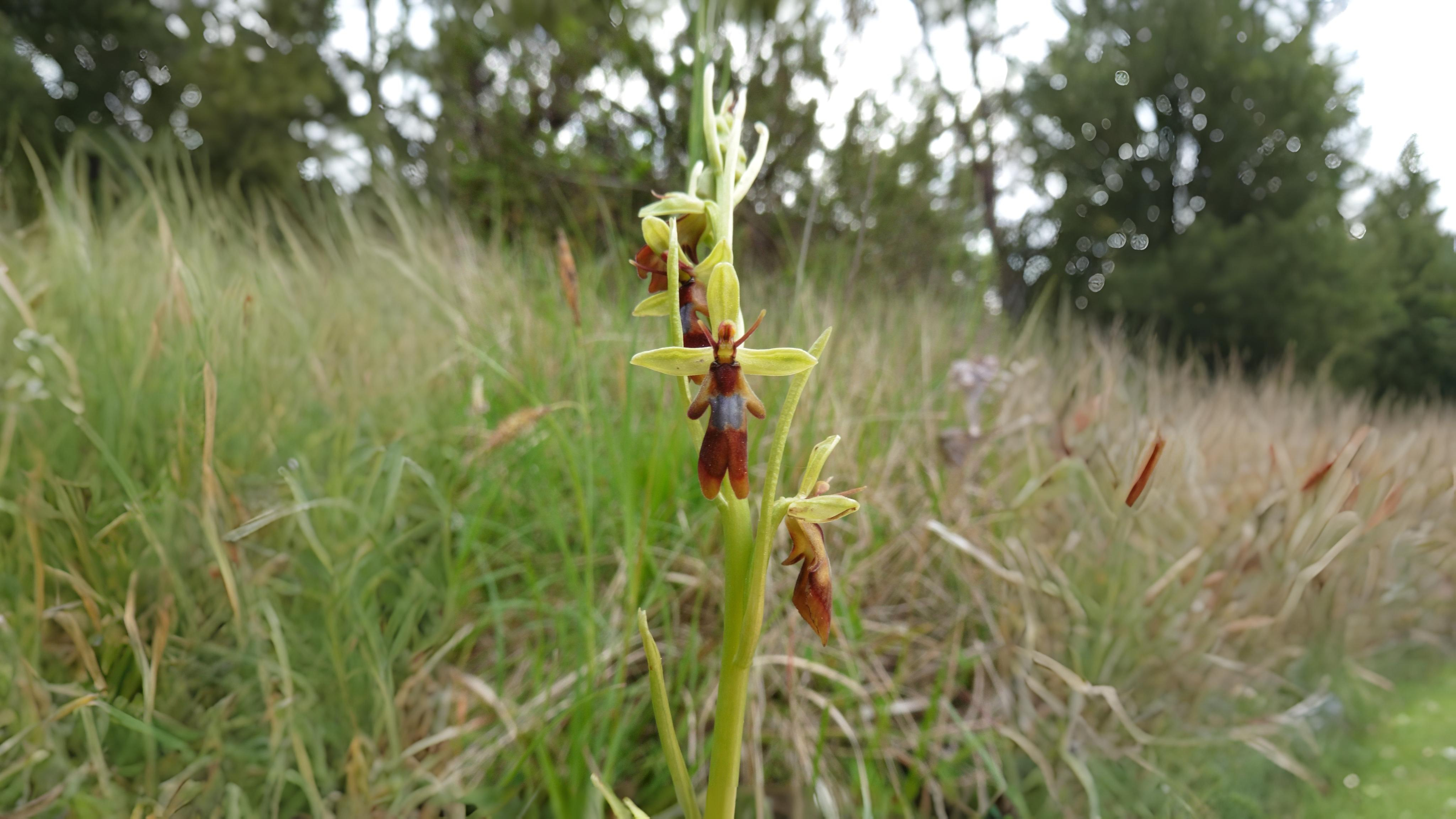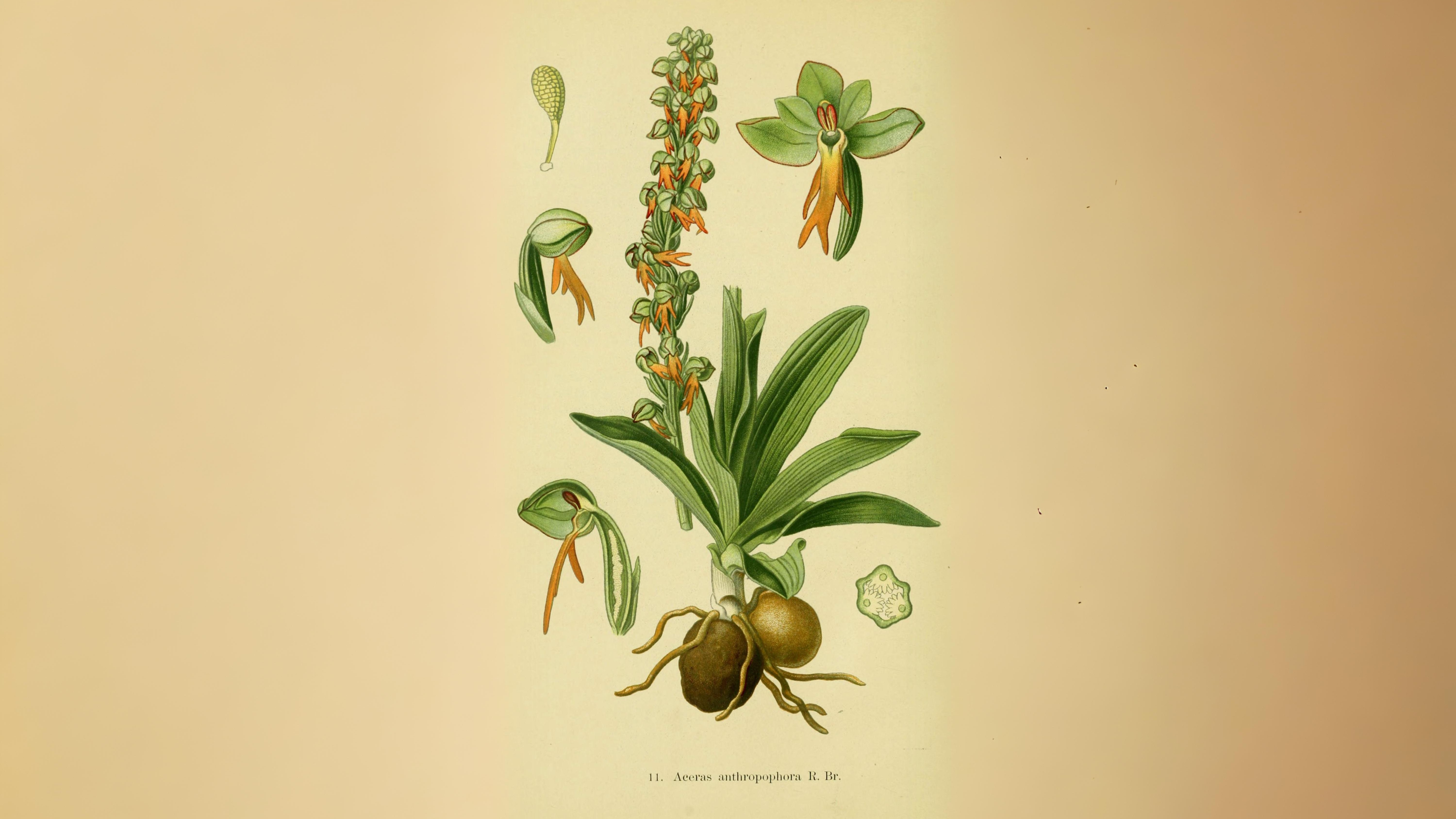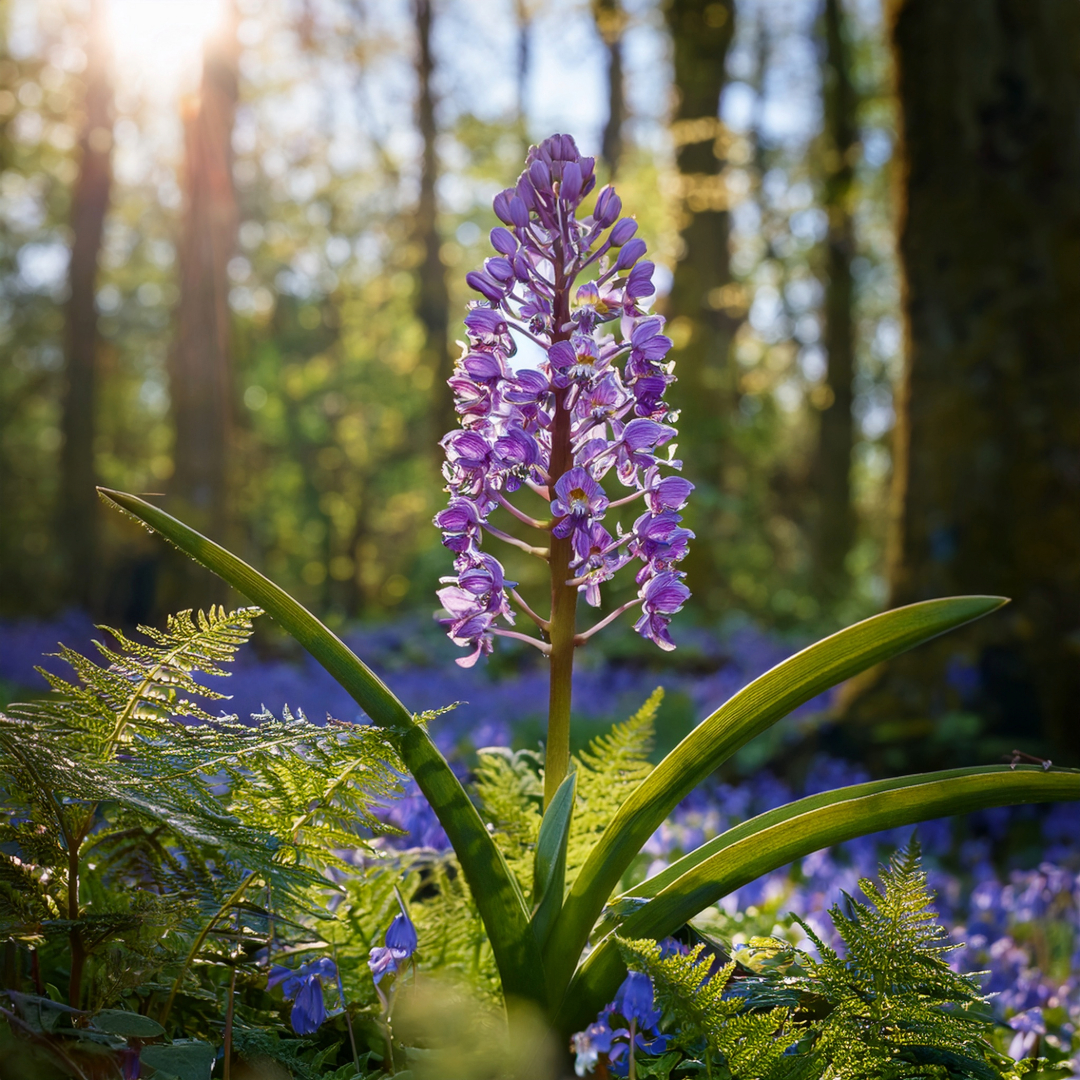
These flowers are survivors of a wilder London, steeped in myth. Elizabethan botanists believed their roots could wander across fields, while sailors relied on them as long-lasting food. Yet today, many cling to existence only in forgotten churchyards and protected reserves. Will they still bloom for future generations?
Return on 15 May to explore where these floral treasures hide, the legends they’ve inspired, and why their survival hangs in the balance.
Common twayblade Listera ovata and the Early Purple orchid Orchis mascula are usually the first to be seen, as their season starts at the end of April. Common twayblade can still be seen in numbers on Chapel Bank and in Happy Valley. It also occurs at High Elms and several other woods in the Bromley area. Having relatively unremarkable green flowers and an ability to live in several different habitats has probably contributed to its survival. It was once called ‘sweethearts’ on account of its two large leaves being partly joined together and also called ‘adder’s tongue’ as the flower lip is forked like a snake’s tongue.
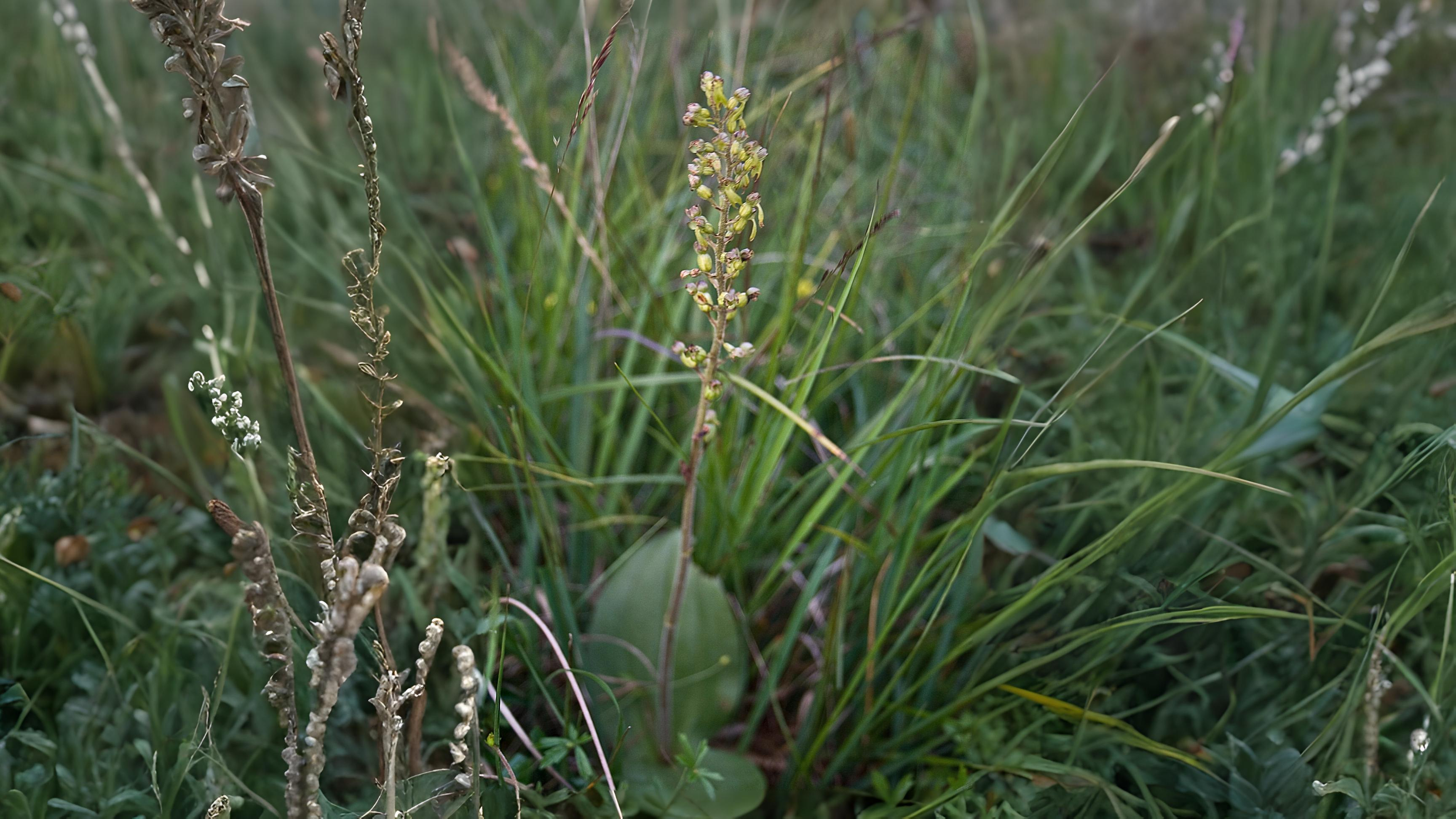

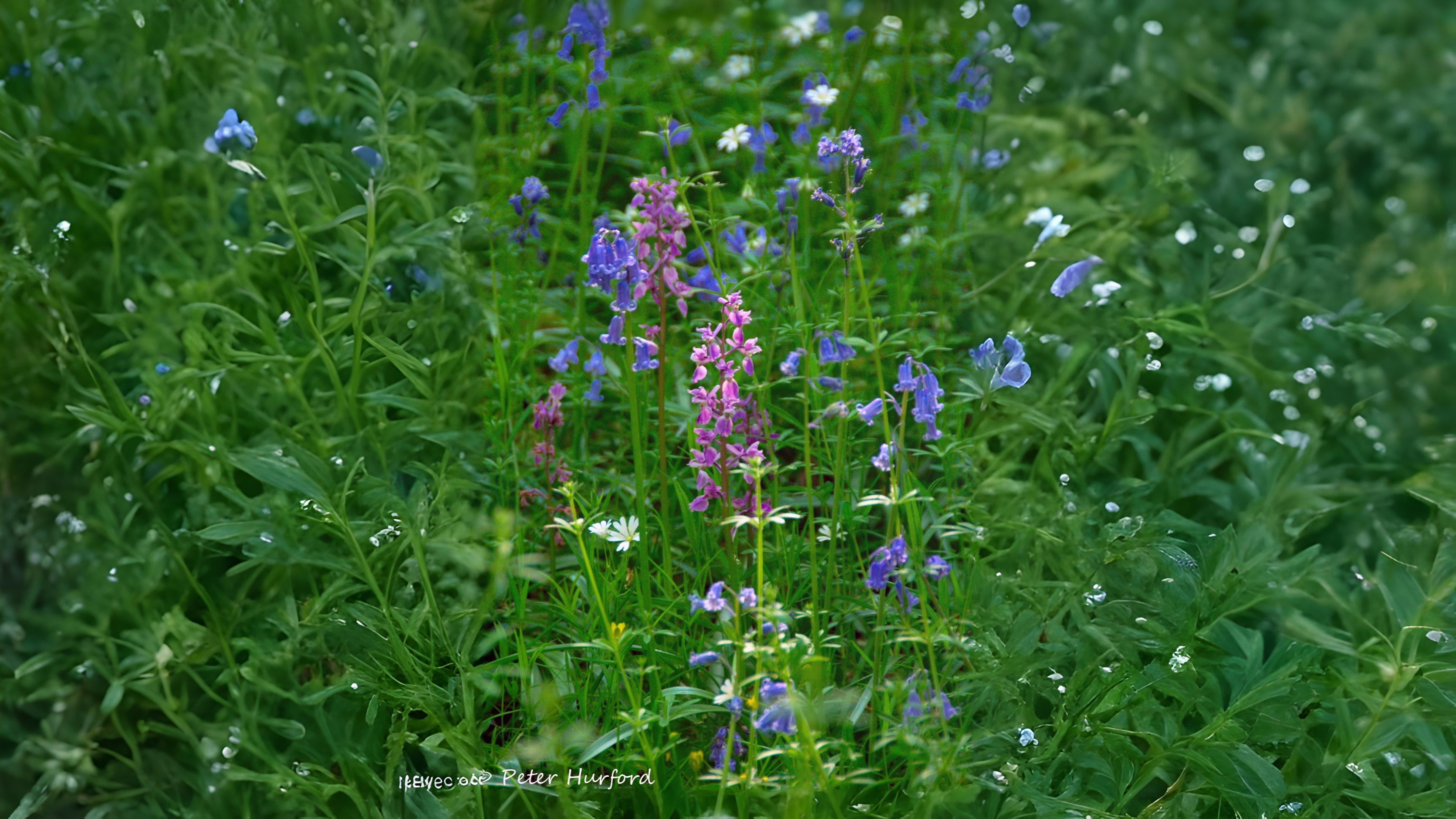

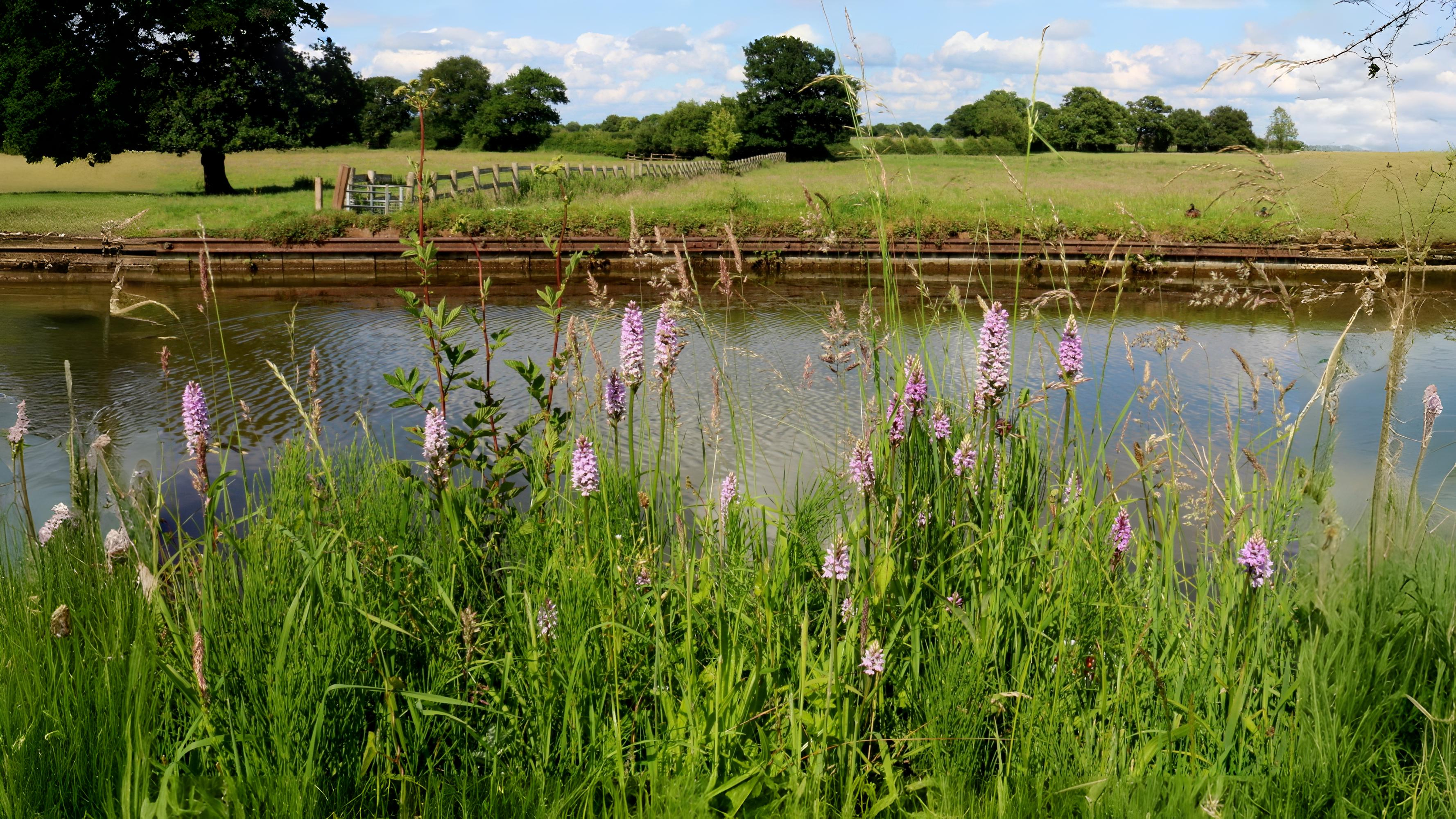

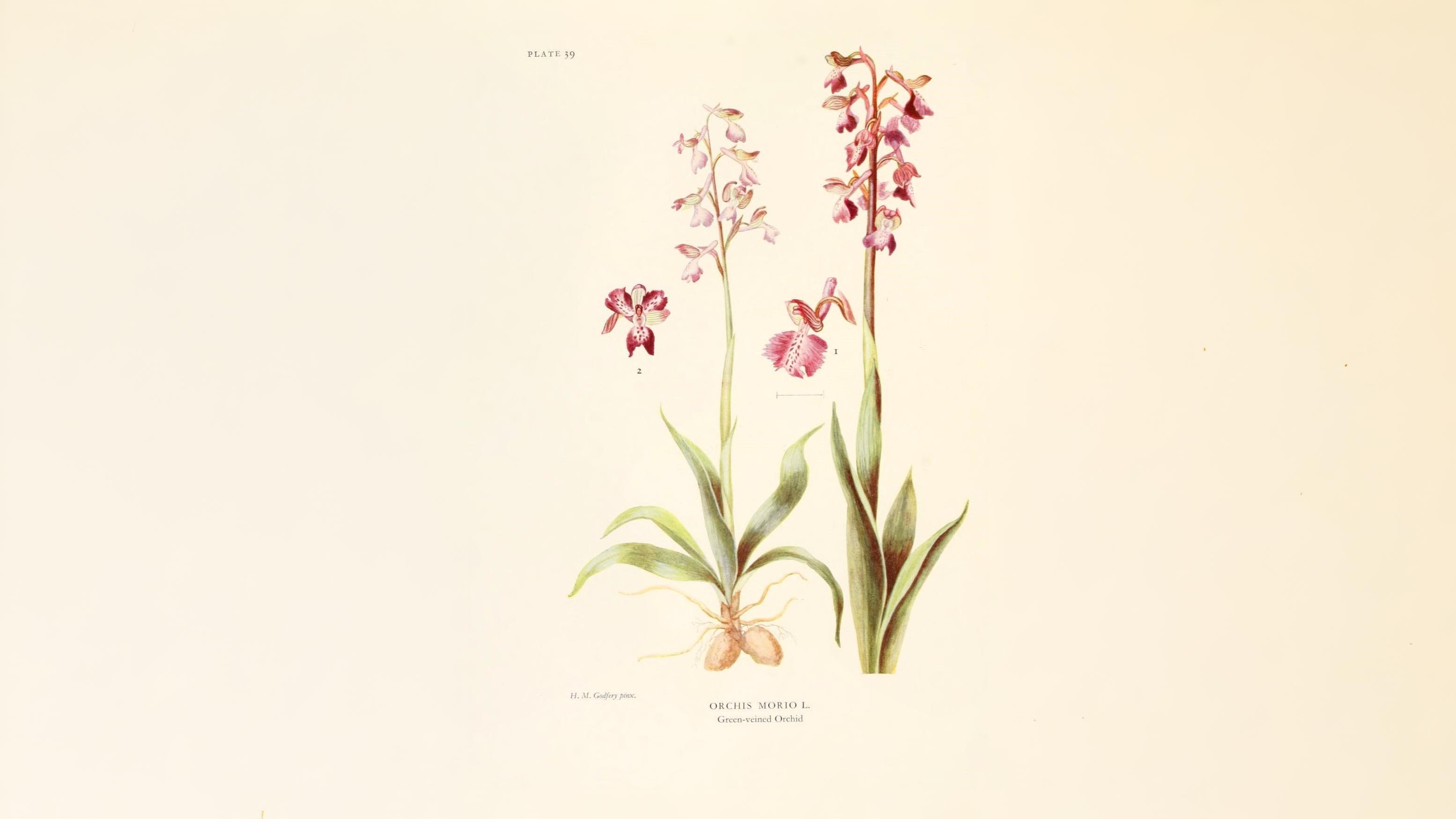

The bird’s nest orchid Neottia nidus-avis has no chlorophyll and perfectly matches the colour of the beech leaves among which it is so often found. Its flowers have been compared in shape to a human torso. Fortunately, the flower spike takes two or three years to decay, so it tends to be found more often than you might expect in the shady woods where it slowly fades away. It seems to do better in warm, wet springs. The flowers give off a honey scent and it can still be found on Box Hill.
